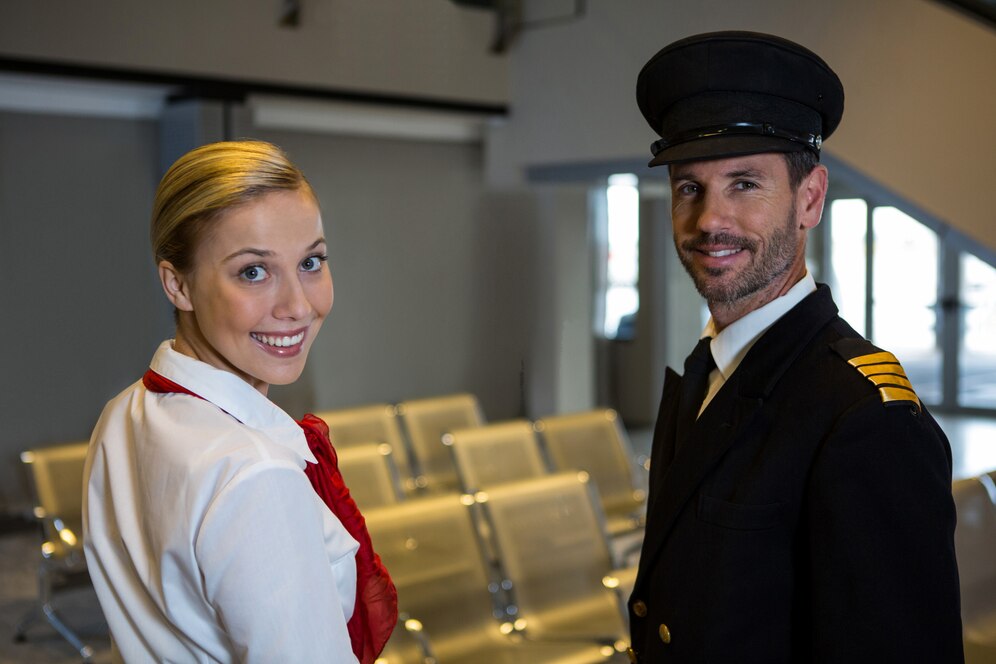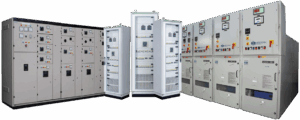Becoming an airline pilot in Australia is an exciting journey. With its vast skies and renowned aviation schools, Australia offers a clear path for those wishing to soar in the skies. The journey from student to captain is demanding but rewarding, and it involves a step-by-step process of acquiring various licences, gaining flight hours, and building expertise. This article will walk you through the essential stages of airline pilot training in Australia and what to expect at each stage.
Starting with Airline Pilot Training in Australia
The first step in becoming an airline pilot is to enrol in airline pilot training in Australia. You can begin your journey by pursuing a Recreational Pilot Licence (RPL) or a Private Pilot Licence (PPL), which are the foundational licences for any aspiring pilot. At this stage, you’ll learn the basics of flying and develop essential skills, such as navigation, handling an aircraft, and understanding aviation regulations. Training usually takes place in small aircraft and provides the groundwork for future flight training.
Progressing to a Commercial Pilot Licence (CPL)
Once you’ve gained some experience, the next milestone in your journey is the Commercial Pilot Licence (CPL). This is where your Fixed wing flight training becomes more intense. You’ll work towards acquiring the ability to fly larger, more complex aircraft, often in commercial settings. During this phase, you will build flight hours and enhance your flying skills. You will also learn advanced techniques such as managing multi-engine aircraft and flying under Instrument Flight Rules (IFR). A CPL will allow you to pursue paid flight opportunities and gain more experience.
Gaining Experience and Specialising
After earning your CPL, the next critical stage is to accumulate flight hours. Many pilots use this time to work as flight instructors, banner tow pilots, or in other roles that allow them to log hours while being compensated. Along the way, you may also choose to specialise by earning additional ratings such as Multi-Engine or Instrument Ratings. These will broaden your qualifications and make you more competitive for future airline positions.
Obtaining an Air Transport Pilot Licence (ATPL)
The airline pilot training in Australia wouldn’t be complete without obtaining an Air Transport Pilot Licence (ATPL). This licence is a requirement for becoming an airline captain. You must have at least 1,500 flight hours and complete written exams and practical tests. At this point, you are expected to have mastered everything from flying in different weather conditions to managing the complexities of commercial airliners. The ATPL is the key to unlocking opportunities with major airlines, where you will begin as a First Officer (co-pilot) before eventually working your way to the captain seat.
The Role of a Captain
After you’ve built sufficient experience and obtained your ATPL, you will qualify for the role of an airline captain. The transition to captaincy is a significant achievement in any pilot’s career. As a captain, you will be responsible for the overall safety of the flight, making decisions that affect the operation of the aircraft and ensuring smooth communication with your crew. This stage is the culmination of years of hard work, training, and experience. You’ll finally have the opportunity to command a commercial flight, ensuring passenger safety and comfort on every journey.
Conclusion
Becoming an airline pilot in Australia is a step-by-step journey that takes years of dedication and perseverance. From your first flight lesson to becoming a captain, each stage builds on the last. Along the way, you will gain valuable experience and develop the skills necessary for flying large, commercial aircraft. For those passionate about aviation, airline pilot training in Australia offers a clear and structured path. By completing Fixed wing flight training and working through each licensing stage, you’ll be prepared to take on the responsibility and thrill of flying as an airline captain. The skies are waiting for you.






